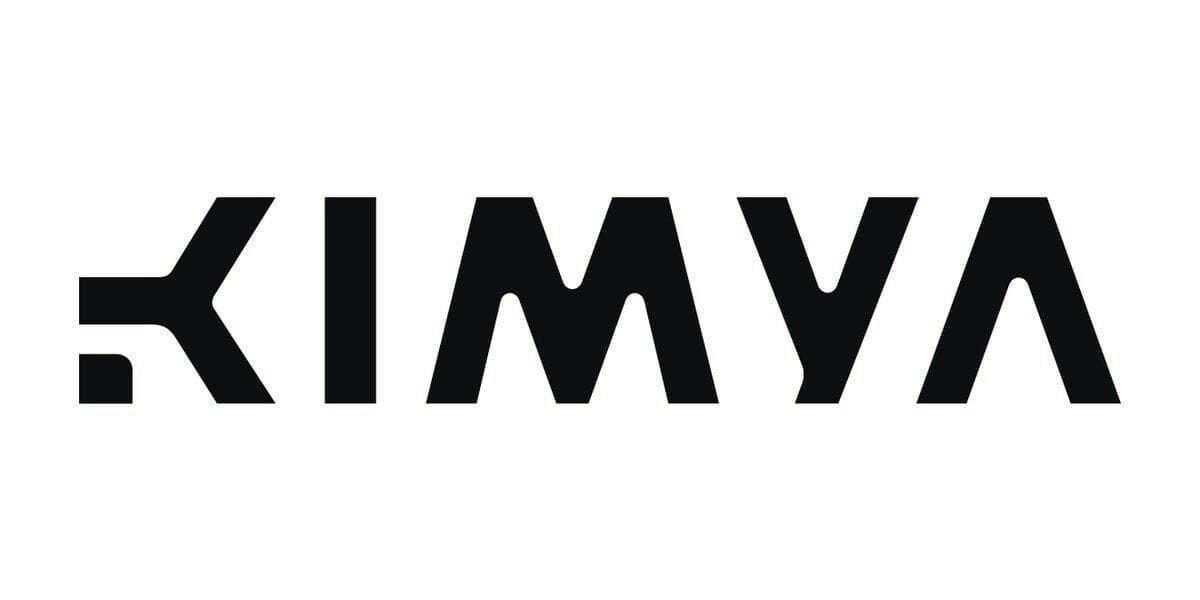
Last week we wrote on the benefits of having an easily searchable 3D printing company name, but we ended up finding out a lot more about one company.
Our previous story talked of how Armor Group changed the brand name of their 3D printer filaments operation from Armor 3D to Kimya. Our point was that there is a solid lesson to be had by startup 3D print companies in choosing a unique name for their product and company.
Early-stage companies have very small followings, and thus it is critical for them to distinguish themselves, particularly among online search engines, where they could be discovered. Company names that match common words are often ineffective because the search engines simply find other pages that reference the same words. The best approach is to find a unique name that is very easily found. Armor Group’s change to “Kimya” follows that pattern.
However, the folks at Kimya reached out to say that SEO challenges were not the prime force behind their name change, and in fact the change was mostly a signal to the public that their operations have transformed in significant ways.
Their strategy is to develop and market eco-friendly materials for 3D printing, and they’ve done so quite successfully since launching their first products in 2016. Initially this venture flew under the name “Armor 3D”.
Recently the company changed their offerings by adding functions beyond the basic marketing of materials. These changes were sufficiently significant that the company felt they needed to rebrand the company. Now they are divided into three units, all under the Kimya banner:
Kimya 3D Materials, which provides 3D print materials, as you might guess. This unit takes over the operations that were previously known as Armor 3D, and continue to include a dozen eco-friendly filaments, including some powerful engineering materials such as their PEKK / Carbon filament.
Kimya Lab, which appears to be a service that can work with customers to develop custom 3D print materials that can precisely match the requirements of any specific project. They even have an ability to create new recyclable 3D printer materials by converting raw input recycled material into filament. They say:
Kimya Lab offers formulation and application analysis for all types of materials dedicated to additive manufacturing in line with particular functional requirements. Thanks to the latest generation of production lines located at the Sorinières site near Nantes (France), Kimya Lab also offers companies the possibility of upgrading their raw materials by transforming them into materials for additive manufacturing. Furthermore, Kimya offers its partner customers analytical and characterisation services. For example, Kimya’s experts can measure the flexibility, colourimetry and impact resistance of a material.
Kimya Services, which is an operational unit providing a consolidated network of partners to assist customers in navigating the sometimes complex world of industrial 3D printing where you often must connect with a variety of suppliers to create and maintain 3D print operations.
Kimya Labs is the one that most interests us, as it is quite symbolic of the change that is sweeping today’s 3D print world.
With the continued introduction of powerful, high temperature desktop 3D printers targeted at professionals, there has been a corresponding need for appropriate materials for these devices. A number of 3D print materials providers have begun to offer materials such as PEEK, PEKK, ULTEM and others, particularly composite materials involving carbon fiber or even carbon nanotubes.
These moves opened up a new world of materials to 3D printing, far wider than ever before. Up until recently the breadth of materials possibly used in 3D printing has been extremely restrictive, yet the number of materials known to mankind is vastly larger.
And some companies have the ability to create new materials that are specifically designed to address a given set of functional requirements. This is perhaps where the industry will ultimately land: customized 3D prints using customized materials.
Thus it is quite strategic for Kimya Labs to focus on material customization. When professional 3D print operators become accustomed to the notion of custom materials, it’s likely this area will grow quickly.
Kimya’s focus on eco-friendly materials may also play into future success. If they can produce such materials economically, they may have an advantage over non-recyclable equivalents, as society may increasingly focus on recyclable products in the future.
Via Kimya

